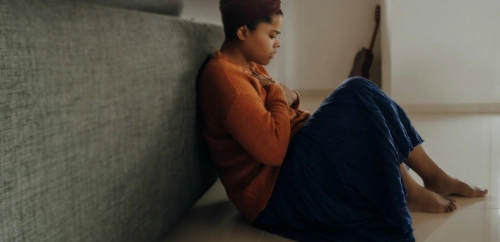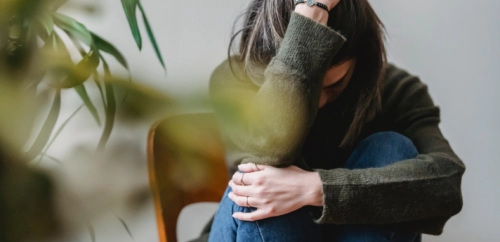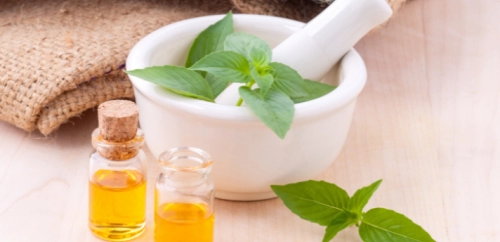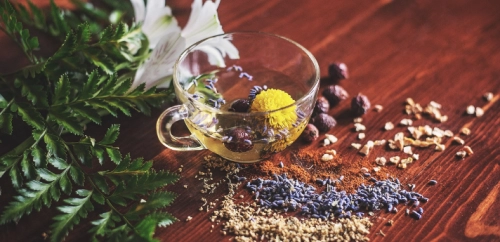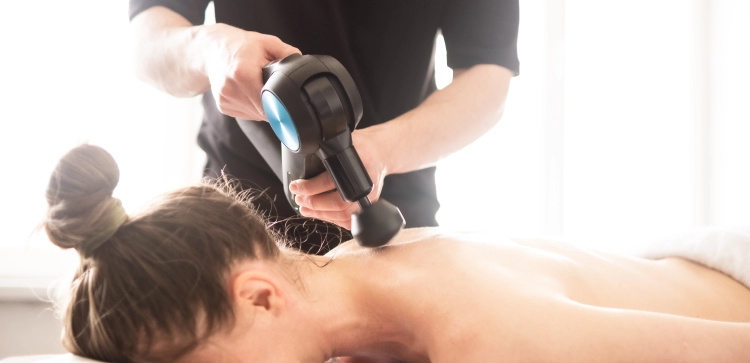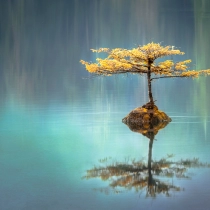Learn How Color Therapy Can Help Reduce Your Anxiety

Anxiety is something we all have to deal with, sometimes on a daily basis. Prolonged anxiety can lead to serious health issues both physically and mentally. There are a plethora of ways to handle your anxiety, from the more traditional therapy to more alternative forms like herbal remedies and color therapy.
Though many of us have heard of using herbs to help treat a wide range of health issues, few of us have heard of color therapy, but it has been used for millennia, finding its roots all the way back to ancient Egypt and many other ancient civilizations like Greece and China. These civilizations have interwoven the idea that color can treat maladies and often use things like crystals and paints to do this.
How effective is this type of therapy? And how could you incorporate it into your daily life to help deal with your anxiety? We want to take a deeper look at color therapy for anxiety and hopefully help you answer those questions and many more.
Color Therapy Defined
Chromotherapy (another word for color therapy) is often used in art therapy but can be tweaked to be used in a daily setting as well. The therapy utilizes colors and light to help invoke certain feelings from individuals. So when looking for colors to use in color therapy for anxiety, you want to find the color palette that elicits calm or happiness.
Studies Into Color & Its Impact On Mood
So is color therapy for anxiety really effective? Is there any scientific backing for the effectiveness of color therapy?
For centuries color has been used in marketing to create feelings in order to drive sales. So if choosing colors in marketing is effective, it makes sense that when it comes to a person’s mental health, they should be effective as well.
We see those colors and feel those colors in a couple of different ways. Not only do our eyes take in the color, but the light waves from that color are also taken in your skin. These light waves are pretty much nothing but electromagnetic radiation. Being exposed to this, your body reacts by emitting electric pulses through the body which signals the brain and other organs to produce several different neurotransmitters and enzymes.
The types of these chemicals may be correlated with the frequency and wavelength of the color, which is why different colors produce different emotions. Though many people rely on scientific studies to show the effectiveness of color healing, it is prominent in Easter medicine.
In this tradition, the light waves produced are used to help balance a body's internal energies, also known as the chakras. By balancing these energies, your body is brought out of your fight or flight mode, therefore, relieving you of anxiety.
So what color is used in treating anxiety?
When looking at color therapy for anxiety, you want to stay away from warm colors altogether. In fact, when you are choosing colors to help with your anxiety, the better choices are cool or neutral colors. For example:
- Green is good for acceptance.
- If your looking for calm, then blue is always a good choice
- Balance can help with anxiety, and this can be found by using indigo.
- Pureness can be nice too, and this is reached by using white.
How Do I Use Color Therapy for Anxiety? Tips on Color Therapy
So though you can always go to a practitioner, there are many ways that you can accomplish a productive color therapy practice in your own home very easily. We have some tips that might help you with that:
- Choose Wisely – If you are getting ready to do a little renovation then it’s a great time to revisit that wall paint. You need to think about what your intention is in this room. For those that want a more relaxing space, but one that inspires you, you might choose colors like light green or even lavender. The whole wall doesn’t have to be this color, but accents of it can be helpful when looking to reduce anxiety.
- Find More Sunlight – It is not all about color when it comes to color therapy for anxiety. The light in the room also plays a part. So when finding a place to do your color therapy routine, you should find a space that is well lit. Not only will this change the colors in the room, but you will be bathed in vitamin D, and that always helps boost your mood.
- Use Nature – You don’t have to just focus on your color therapy for anxiety by being inside a building. In fact, one of the best ways to affect your mood is to get out in nature. This might well be because as you look at nature, there is a plethora of blues, greens, and purples. Taking in these colors along with the fresh air and sunlight is a great prescription for reducing your anxiety.
- Get Creative – Many therapists have learned the benefit of art therapy. Colors play a vital role in this process, and you can utilize this in your own practice as well. So if you want to find something to tune out the world and to let your mind have a little rest, then maybe finding some sort of creative hobby might be a good option. Then when you choose the medium, you can utilize cool colors and neutrals to help combat your anxiety.
- Visualization & Crystals – For a more alternative option when it comes to color therapy for anxiety, you might choose to incorporate crystals in your practice. There are crystals that you can purchase that act as a prism and separate light into its core color waves. In regards to crystals, you can also take it a step further and choose colored crystals to use in a visualization session. Along with crystals, visualization is a great tool when you are looking to handle your anxiety. When it comes to color therapy, this means that while in a quiet space, you can close your eyes and picture your body surrounded by a color that promotes calm.
- Therapy Glasses – These are glasses that are crafted with colored lenses that are UV protected as well, this allows the rays of the sun to come through without the harmful one into your eyes. But along with that protection, you will be seeing through a color that can affect your mood and help reduce your anxiety. Most of these are best suited to be worn at least half an hour a day, especially if you are dealing with a great deal of stress.
- Special Therapy – Though primarily when dealing with anxiety, you want to steer more towards the cool color palette, some therapies utilize red light to help with mood issues like anxiety. This requires a certain color on the red spectrum, but if you can find a light bulb or even glasses in this shade, you might be able to boost some mental invigoration that might signal your body to send out certain neurotransmitters that will elevate your mood, which, in turn, will alleviate your anxiety to a certain extent.
Final Thoughts
There are a plethora of things you can use to fight your anxiety in your everyday life. Though popular forms like mindfulness and holistic remedies are very successful, you should not overlook the colors in your space because they have an impact on your mental health as well.
Hopefully, you have taken something from our look at color therapy for anxiety that will help you with your mental health journey.

